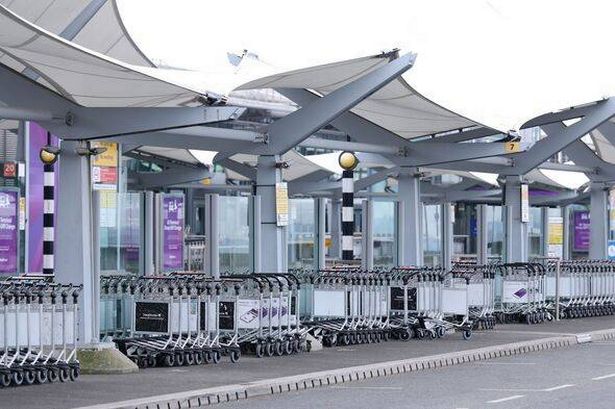Free alternatives at major UK airports including long-stay car parks and nearby hotels can save travellers up to £7 per drop-off
Jetting off on holiday can often come with a hefty bill, from flights and accommodation to meals, not to mention the added cost of getting dropped off at the airport. However, if you’re keen to save a bit of dosh on your next trip, there are some clever ways to sidestep the ‘kiss and fly’ charge.
Most major UK airports slap a fee on holidaymakers just for being dropped off outside the departures lounge, whether it’s by taxi or a mate giving you a lift. While it’s handy to be dropped off a stone’s throw from the check-in desk, the ‘kiss and fly’ tax is an extra expense many would prefer to dodge.
Charges start from £7 for a 10-minute drop-off at Bristol, Gatwick, Luton or Leeds Bradford airports, with an additional quid charged for each extra minute in some instances. Meanwhile, London Heathrow imposes a flat fee of £6 for a maximum stay of just 10 minutes, set to rise to £7 in the New Year.
READ MORE: Tourists slam UK Christmas market with ‘no atmosphere’ and crowds ‘packed like sardines’
However, nearly all UK airports have alternative spots where you can be dropped off for free, often just a short stroll from the terminal. One of the most convenient options is to be dropped off at one of the airport’s long-stay car parks, many of which offer a free 10-minute stay.
You can usually walk to the terminal from these car parks, or alternatively, catch one of the complimentary shuttle buses. Even if other car parks are a tad further from the terminals, such as short or mid-stay, you can still take advantage of the free shuttle service, even without parking your motor there, reports the Express.
Another savvy trick to dodge additional fees is getting dropped off at a nearby hotel. Many hotels are conveniently located near major airports, offering a short stroll to the terminal – just make sure to check the estimated walking time.
You might even manage to get dropped off at a close-by train station or a safe spot just before entering the airport grounds. Some airports also provide a designated free drop-off zone, or a ‘free waiting area’, which can range from 15 minutes up to a generous hour.
Given that each UK airport has different zones, charges, and time limits for free drop-offs, it’s wise to check directly on the airport’s website. Naturally, you can employ the same tactic when returning to the UK, as long as the person picking you up knows your exact location.
Got a travel story or trick you want to share? Email us at webtravel@reachplc.com

